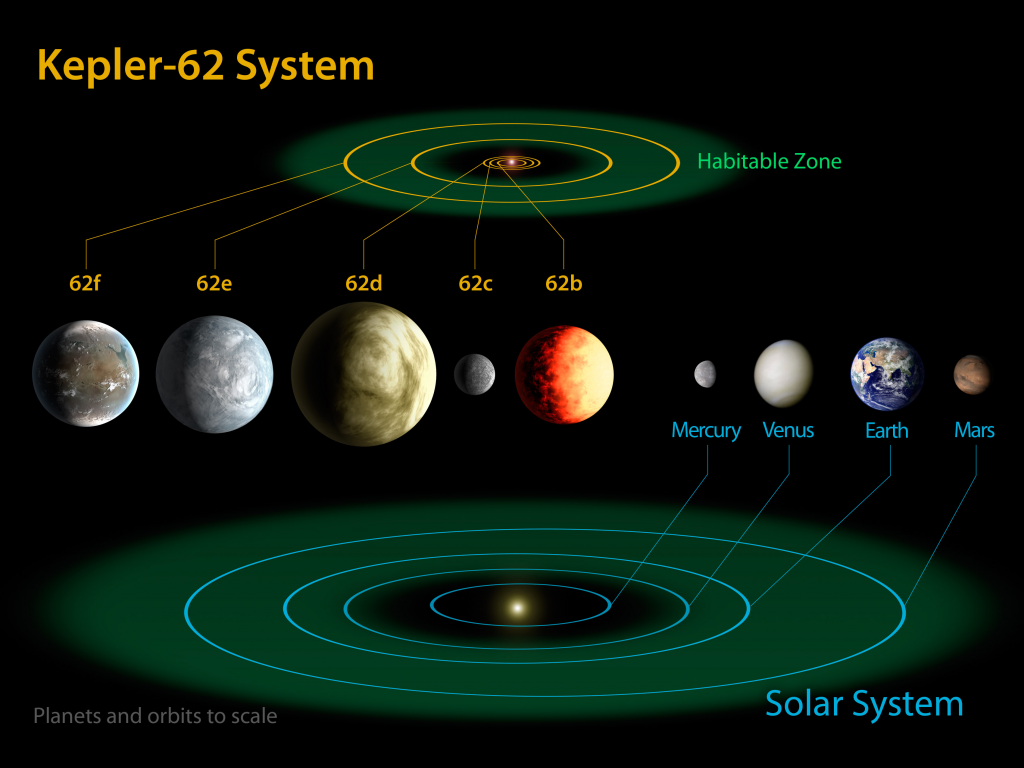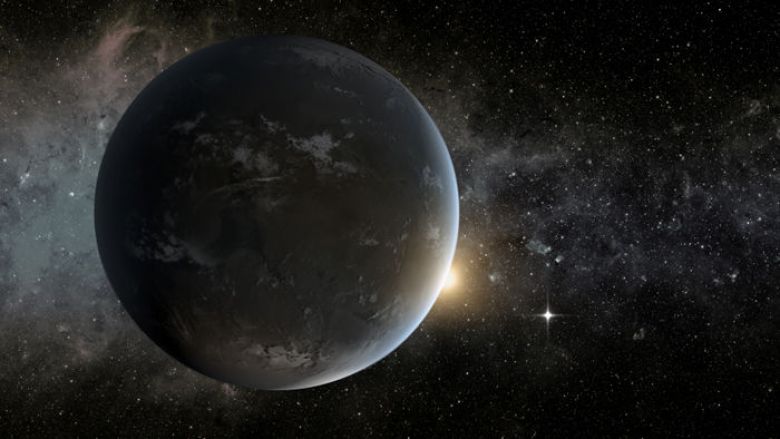Kepler-62f is potentially an Earth-like planet about 1,200 light-years from our planet. The world is only 1.4 times bigger than Earth and is in orbit around a star that is somewhat dimmer and smaller than the sun. It orbits in what is believed to be the habitable region of its star.
The planet was announced in 2013 as part of a larger discovery of seven exoplanets announced around the stars Kepler-62 and Kepler-69. Another notable discovery at the same time was Kepler-62e, which is also close to Earth's size (at 1.6 times the radius) and in the habitable zone.
Separately, a modeling study of Kepler-62e and Kepler-62f suggested that the planets would likely be engulfed in water, which could lead to life that is very different than our own.

"There may be life there, but could it be technology-based like ours? Life on these worlds would be under water with no easy access to metals, to electricity, or fire for metallurgy," modeling lead author Lisa Kaltenegger, of the Max Planck Institute for Astronomy and the Harvard-Smithsonian Center for Astrophysics, said in a statement in 2013.
"Nonetheless, these worlds will still be beautiful blue planets circling an orange star — and maybe life’s inventiveness to get to a technology stage will surprise us," she added.







